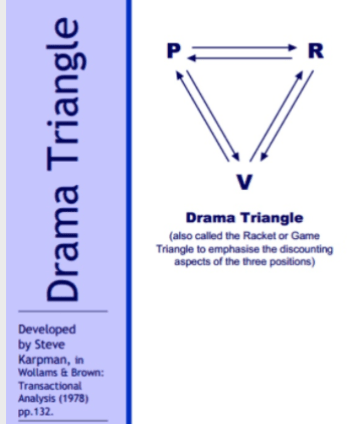Negativity bias is a term used to describe the tendency of the human brain to notice problems or threats more readily than positive or beneficial situations. One theory on why this tendency exists is that it has historically had survival value. If, while sitting around the fire, we hear a stick break in the darkness nearby, some may dismiss it as harmless, and others may assume it is a wild beast looking to eat them. More often than not, those who panic are wrong, but the consequences of that are minimal. When those who dismiss the potential threat are wrong, though, rare as it may be, the consequences are deadly. Those who more frequently noticed dangerous situations were more likely to survive and pass on their genes.
This pattern of focusing on the negative while ignoring the positive can have a devastating effect on our relationships. If we are not aware and active in countering our negativity bias, we may end up with the majority of our interactions with our children or other family members being based around correcting problems. This shows up as complaining, nagging, warning, and giving consequences as we try to change the negative situation. When this pattern becomes prominent, children can get the impression that we only see them in a negative light or, if they internalize our judgments, that they are unacceptable.




